by Dr. Anand Titus and Geeta N. Pereira
India’s shade grown Ecofriendly Coffee zones are experiencing extremes in weather conditions due to the human induced climate change.
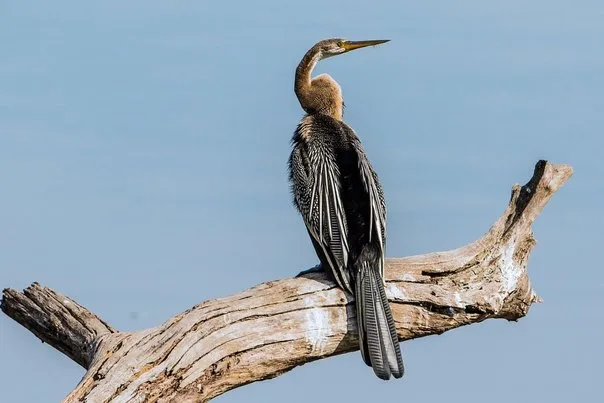
Our field observations in various coffee Agro climatic conditions spread over 25 years, clearly reveals a startling picture.
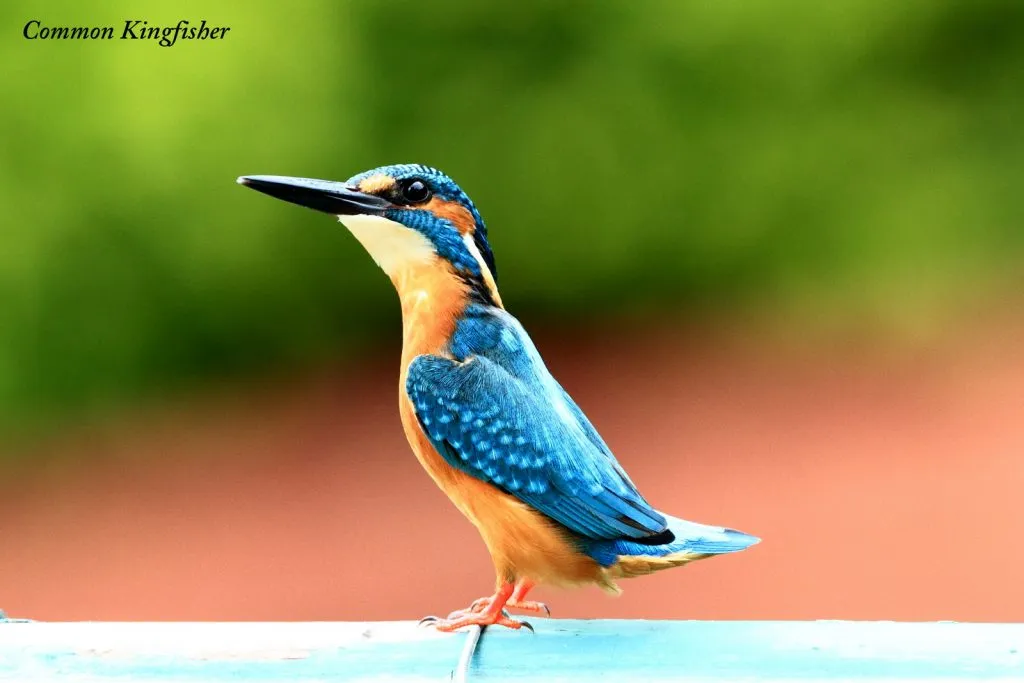
It’s a wakeup call to tackle the crisis head on. Habitat conditions over the years has steadily declined.
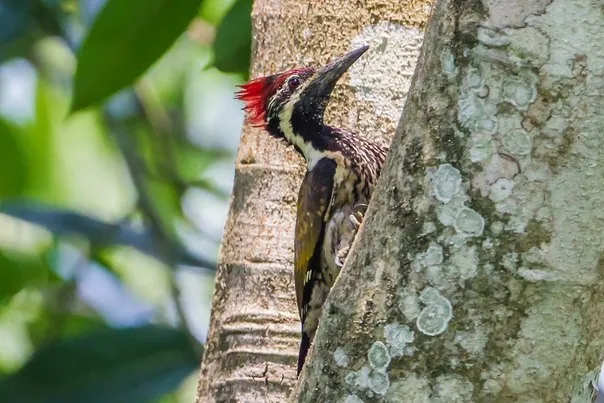
In many coffee zones, decline in habitat conditions is due to excess of precipitation during the summer or winter months and drought like conditions during the monsoon period.

These climatic changes has profoundly impacted the fruit set in many wild fruit bearing trees. It has also had a chain effect.
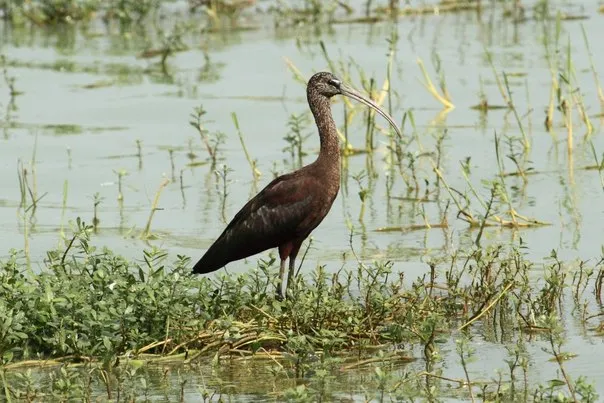
Unfortunately, the future does not look promising for birds. As climate impacts birds and other wildlife, they have to move to uncharted territory and adapt quickly to the changing situations.
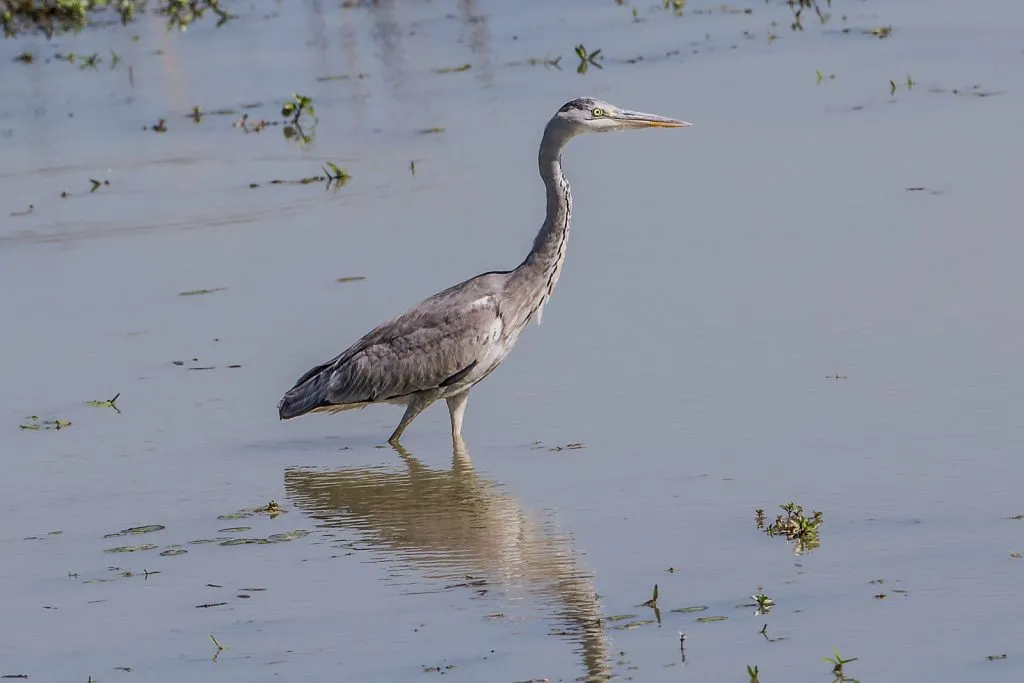
In most cases lack of food, water, predators and dwindling natural resources compound the problem.
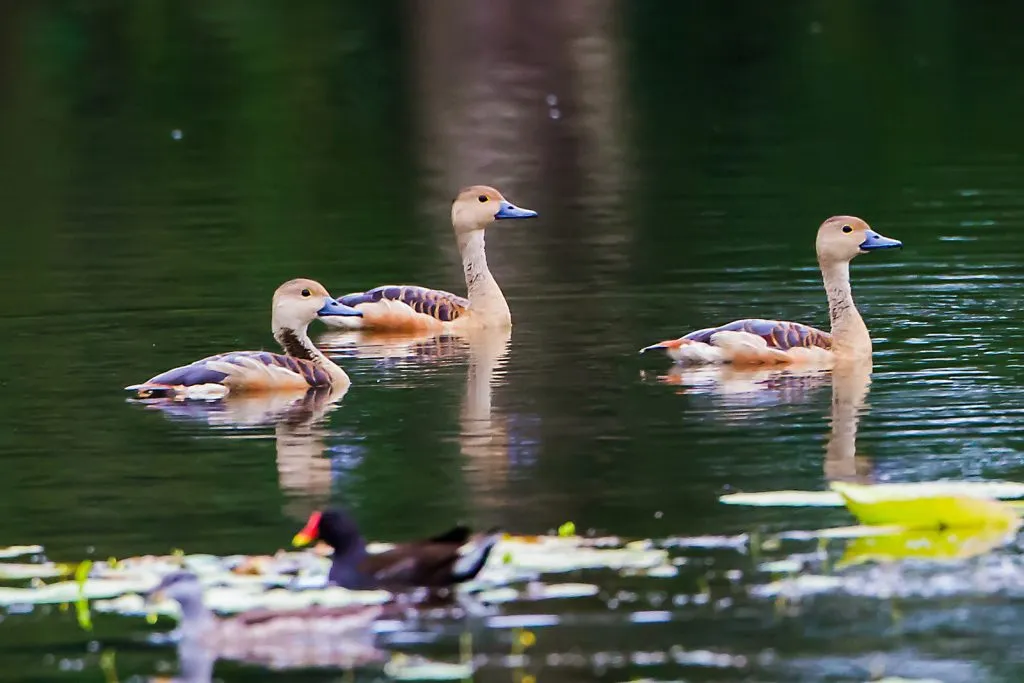
We are certain that similar problems exist in every corner of the globe.
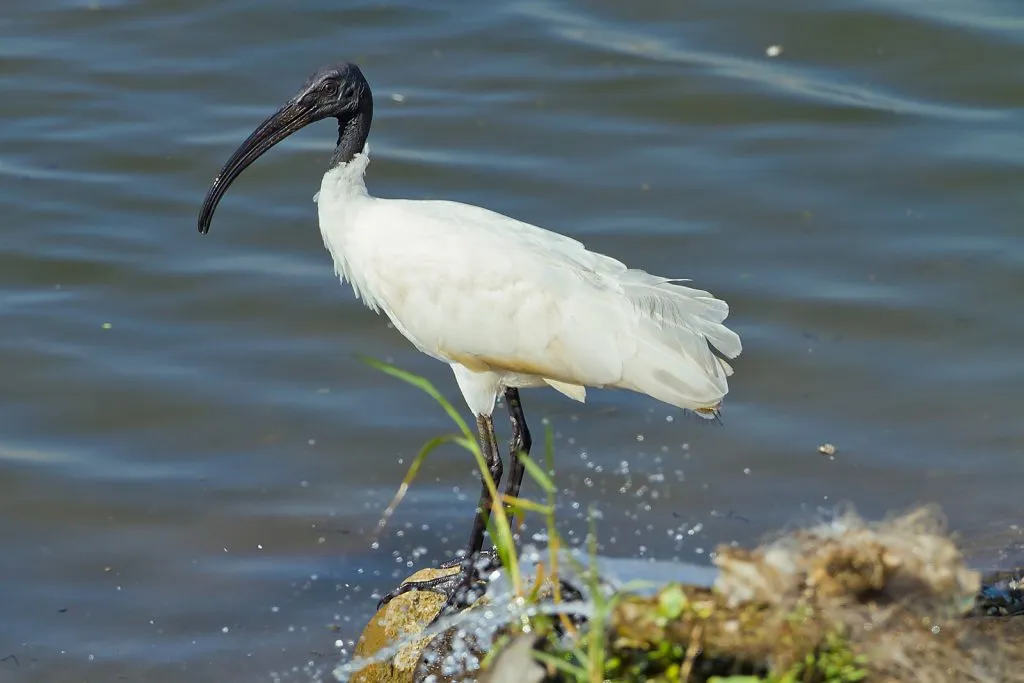
The Earth is undergoing profound changes to its climate.
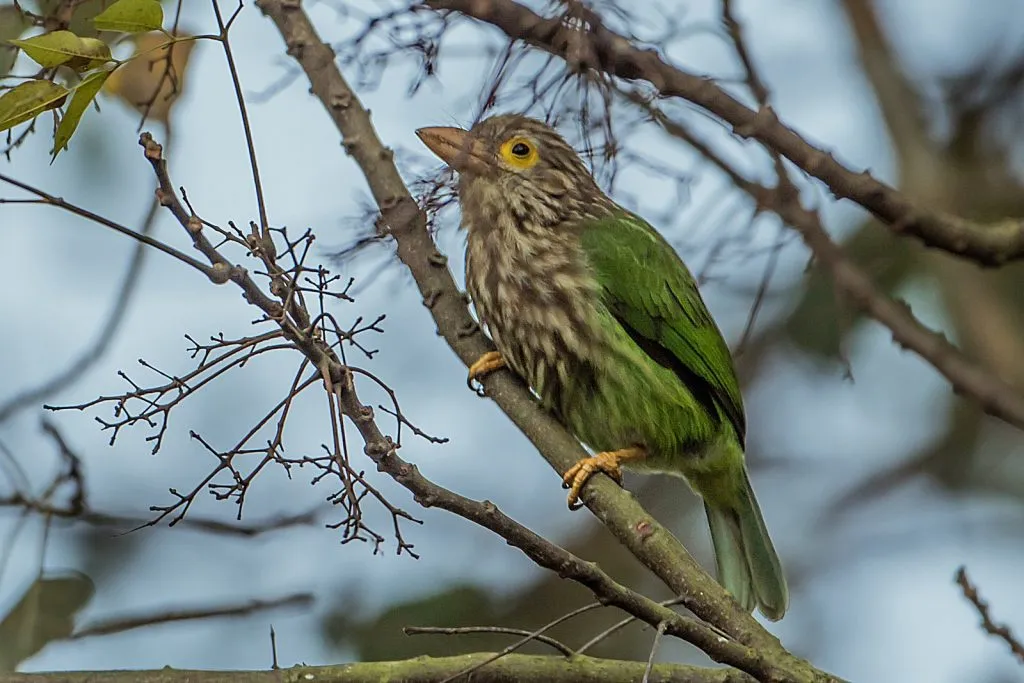
Global warming has raised the planet’s average surface temperature about 1.5 degrees Fahrenheit since the Industrial revolution.
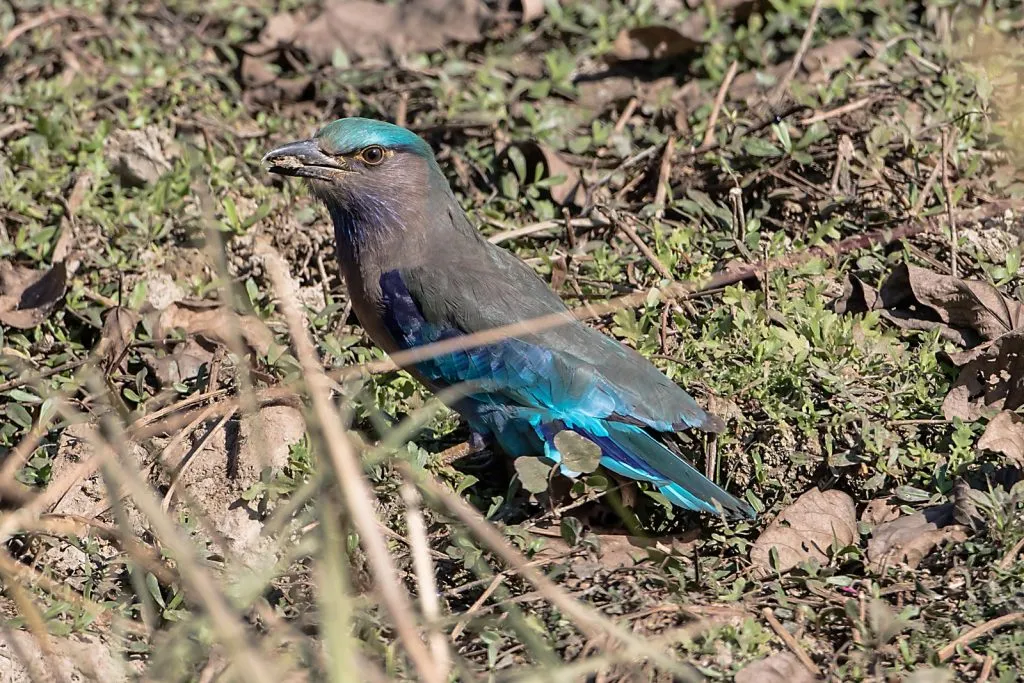
This impact on Climate Change is largely driven by human greed rather than human need.
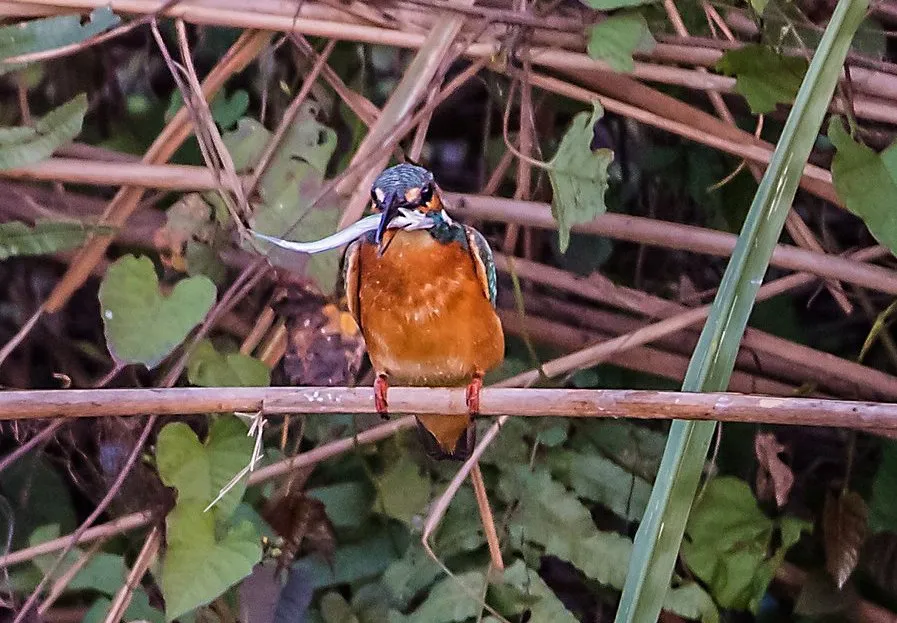
In our opinion, Humans are directly responsible for most of the threats to wildlife. Some of these threats include habitat loss, land degradation and fragmentation, pollution and overexploitation of the Planet’s finite natural resources.
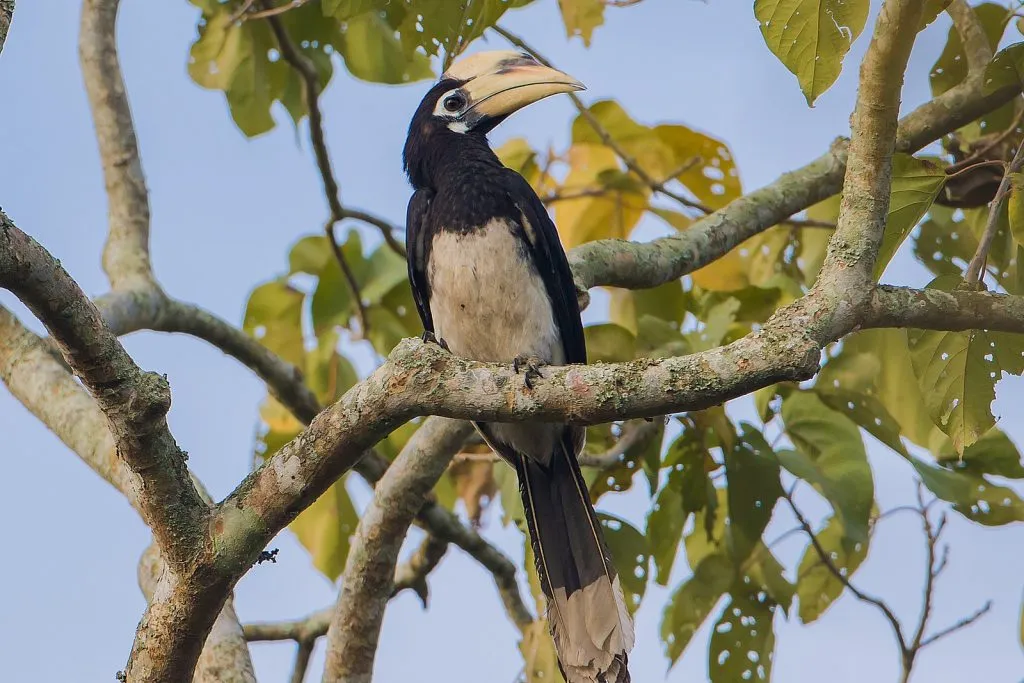
In the coming years, human induced global warming may be the most serious threat, not only to wildlife but to all of humanity, jeopardizing the life sustaining ability of our Green Planet .
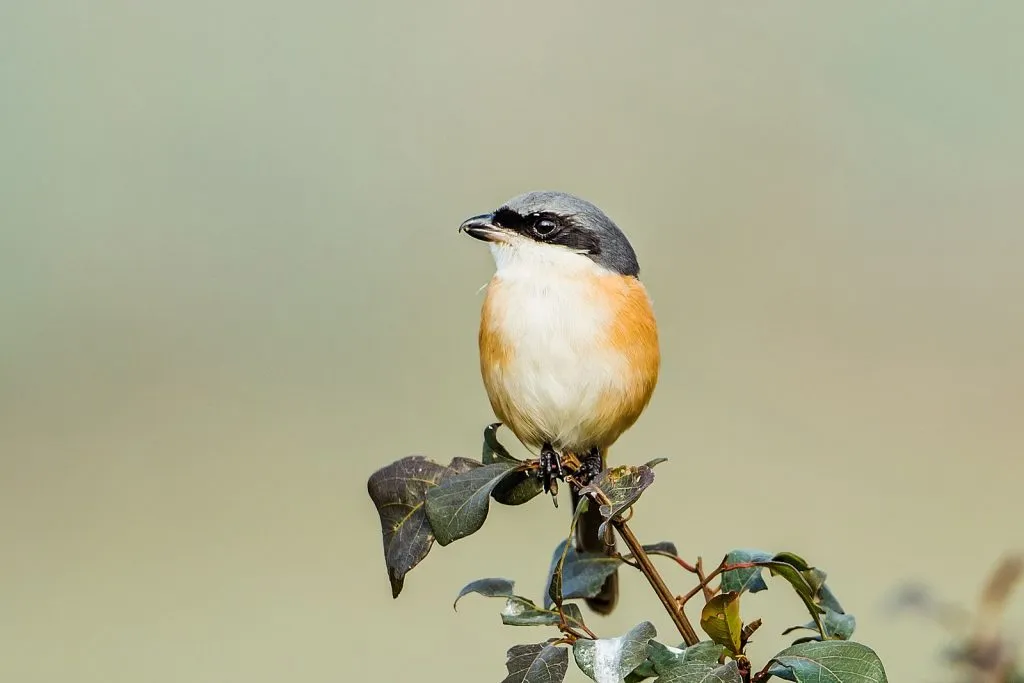
Bird populations around the world are excellent bio indicators which provide crucial insights into the effects of climate change on ecosystems.
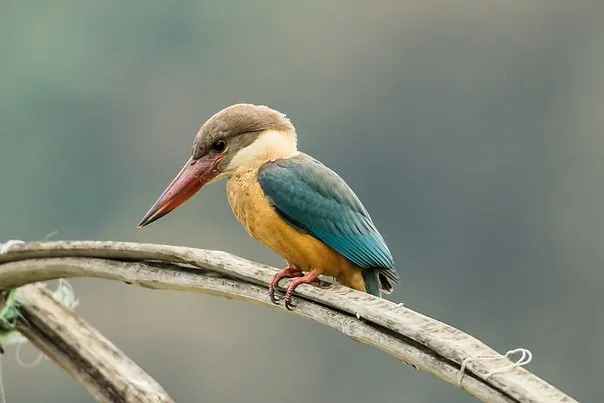
All species of birds appear to be very sensitive to changes in climate, and evidence seems to indicate that this sensitivity makes them primary indicators of global climate change.
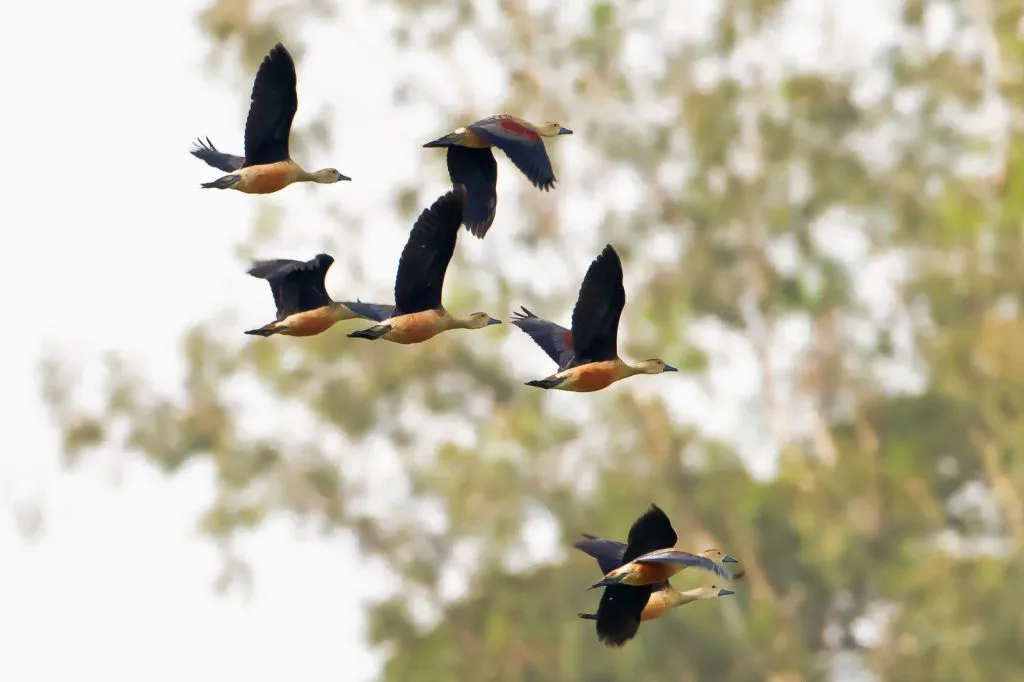
They are among the best studied and monitored for changes occurring due to the impact of global warming. Scientists have found declines of up to 90% in some bird populations, as well as total and unprecedented reproductive failure in others.
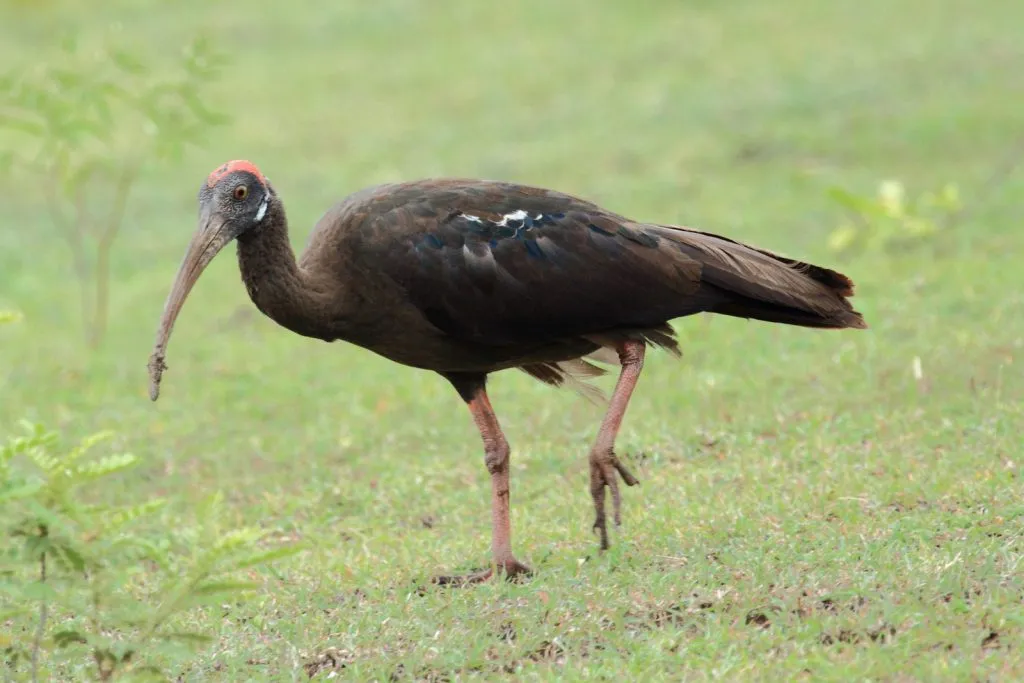
Currently, there are 10,425 known living species of birds, 21 percent of which are currently prone to extinction due to a wide variety of threats.
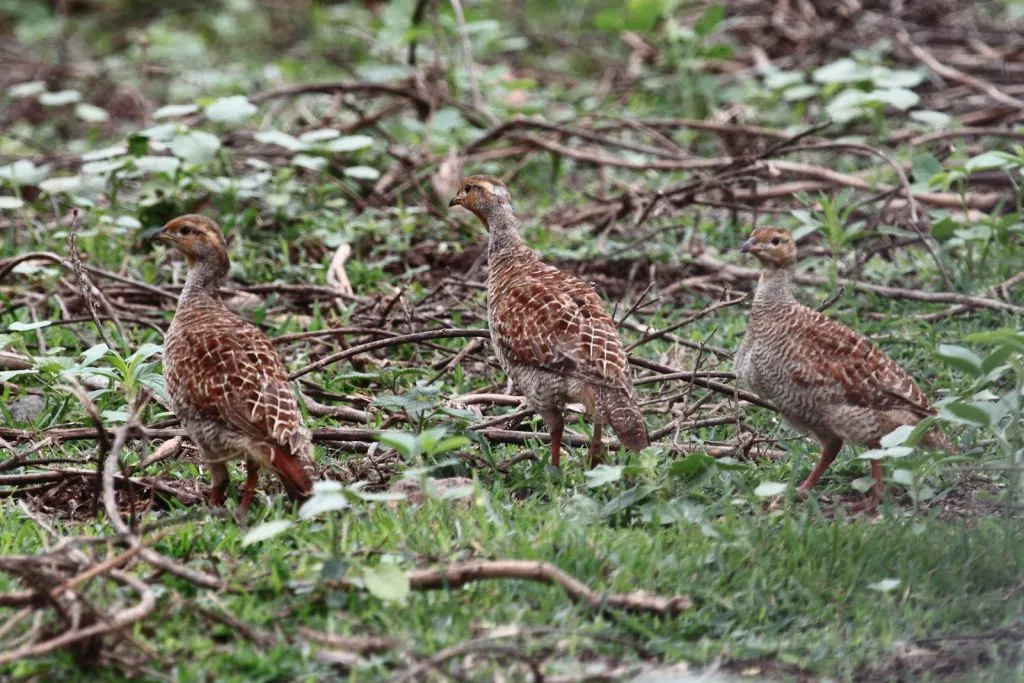
Climate change is already having a strong negative impact on birds, affecting bird’s behaviour, distribution and population dynamics across Europe, say a group of scientists publishing their findings to create the world’s first indicator of the climate change impacts on wildlife at a continental scale.

More than 350 of the Planet’s most important sites for nature are threatened according to a new report by Bird Life International. Bird and biodiversity areas are places of International significance for the conservation of the world’s birds.
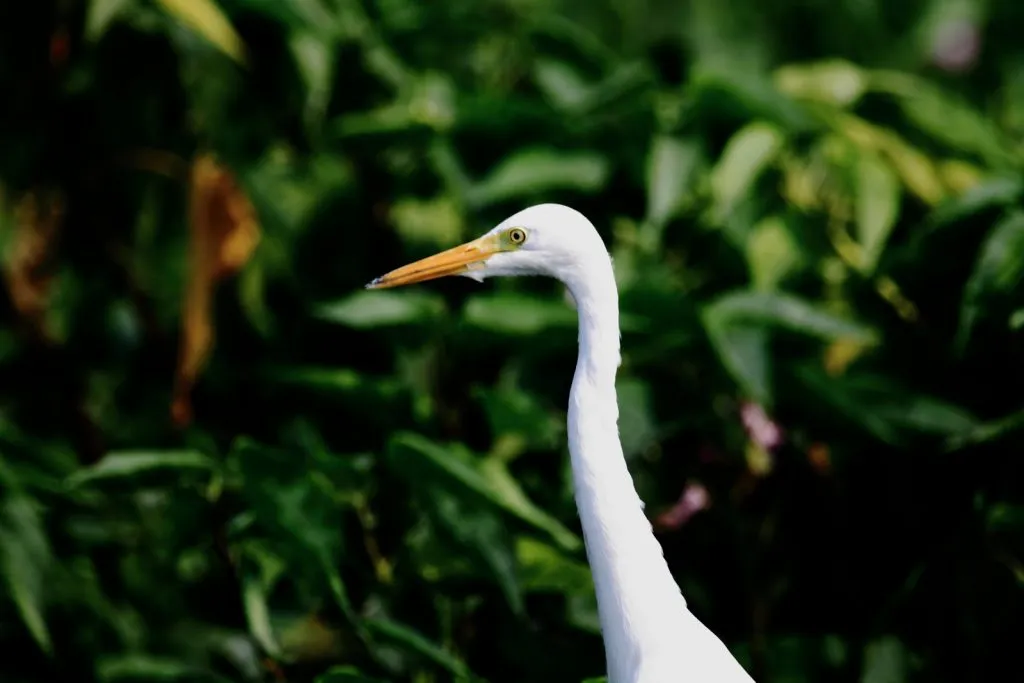
In the Indian context, 10 important bird and biodiversity areas (IBA’s) are in grave danger, especially the Western Ghats bird endemic areas.
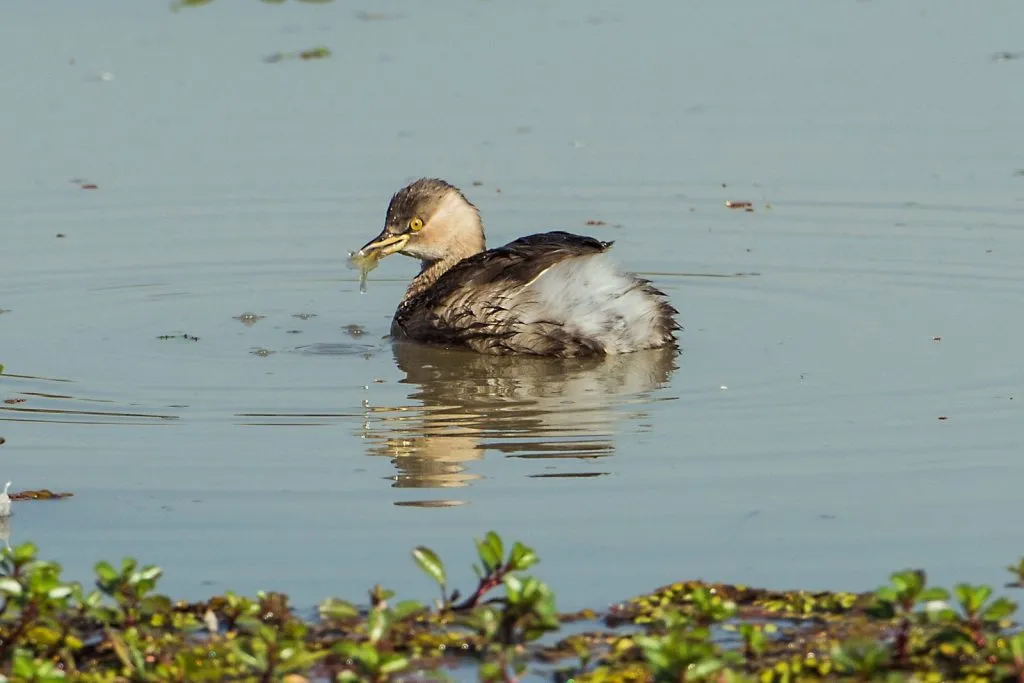
It’s only going to get worse, since extreme weather events are becoming more severe.
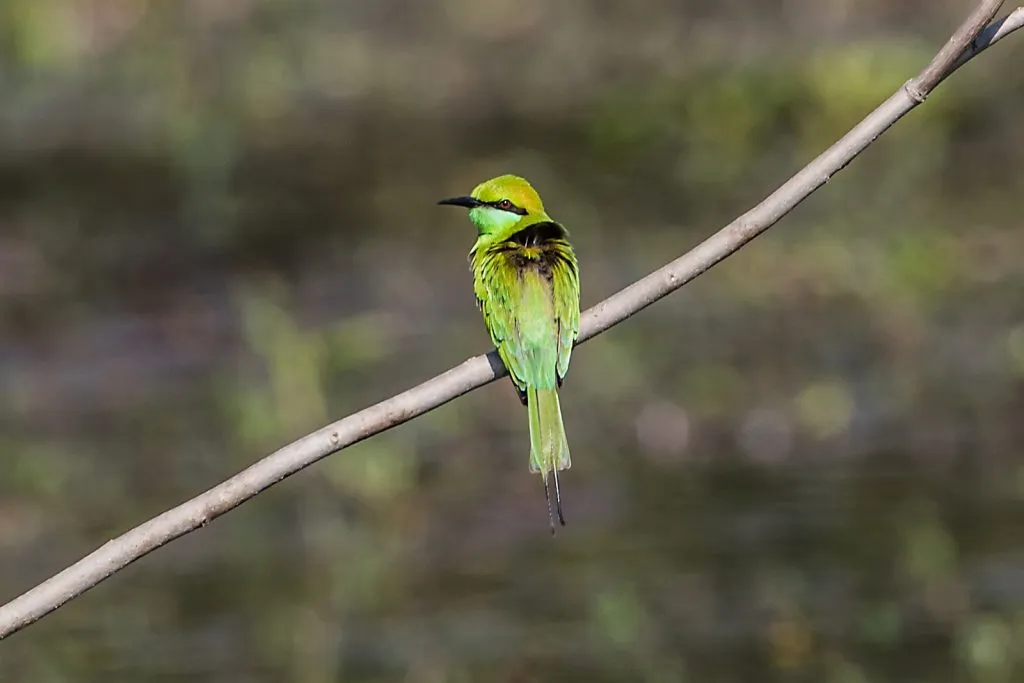
Many birds are forced to shift their predictable ranges to survive and in this battle of quick adaptation, one can often see more losers than winners, resulting in significant loss of bird species which are already threatened or fail to adapt to a new environment.
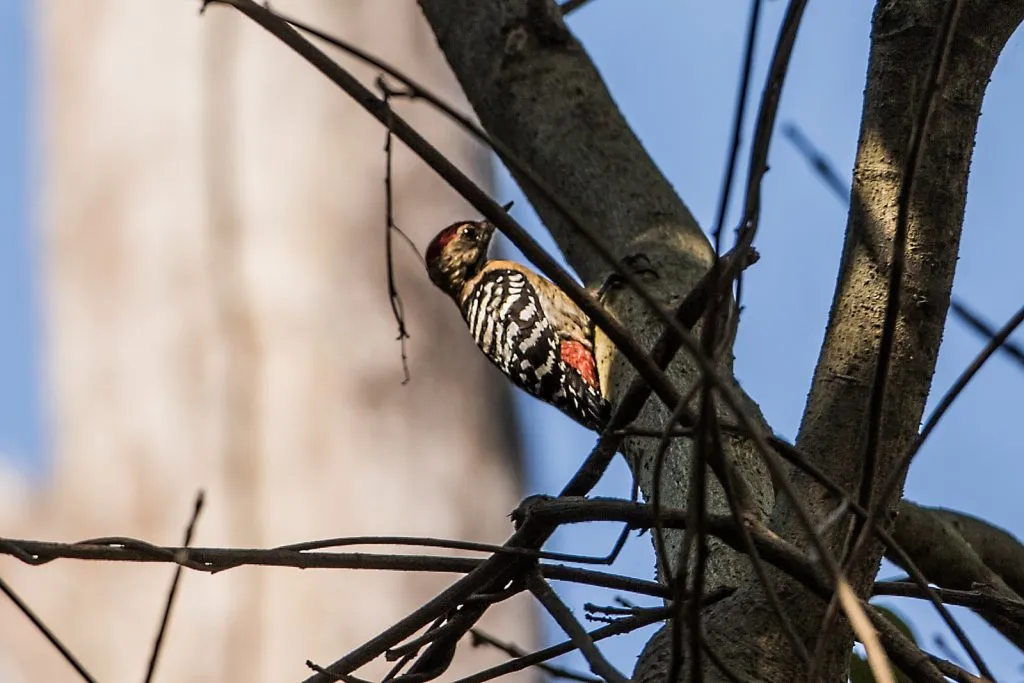
Impact of climate change has an interesting paradox too. On one hand, the endangered and rare species suffer but on the other some species may benefit.
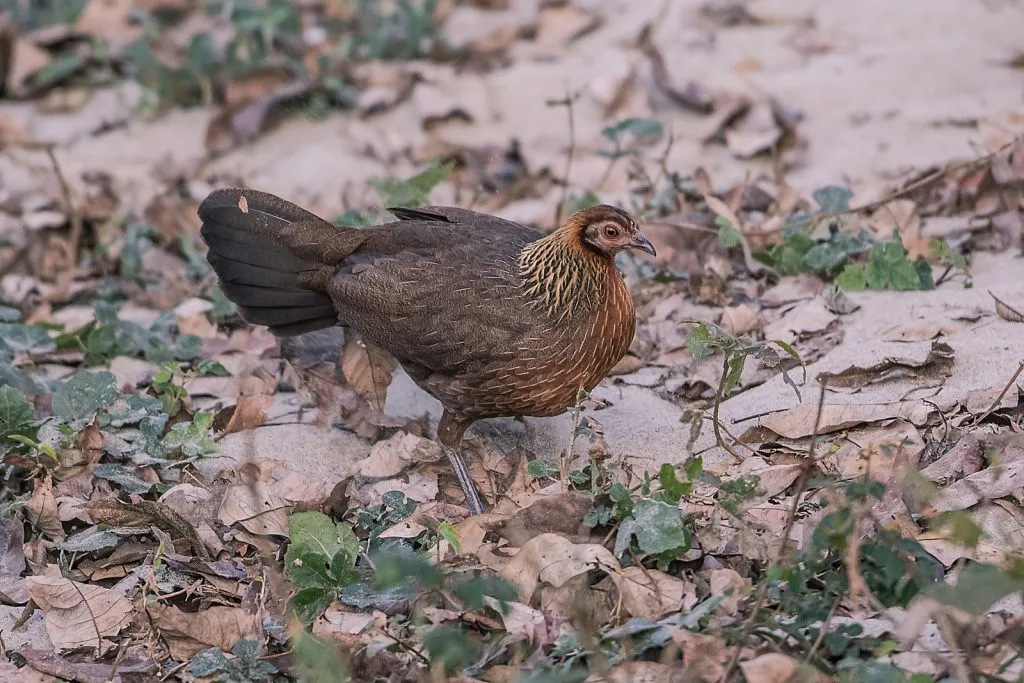
Both resident and migratory birds considered relatively safe may also suffer decline in populations. As the climate continues to change, some species won’t be able to find suitable habitats.
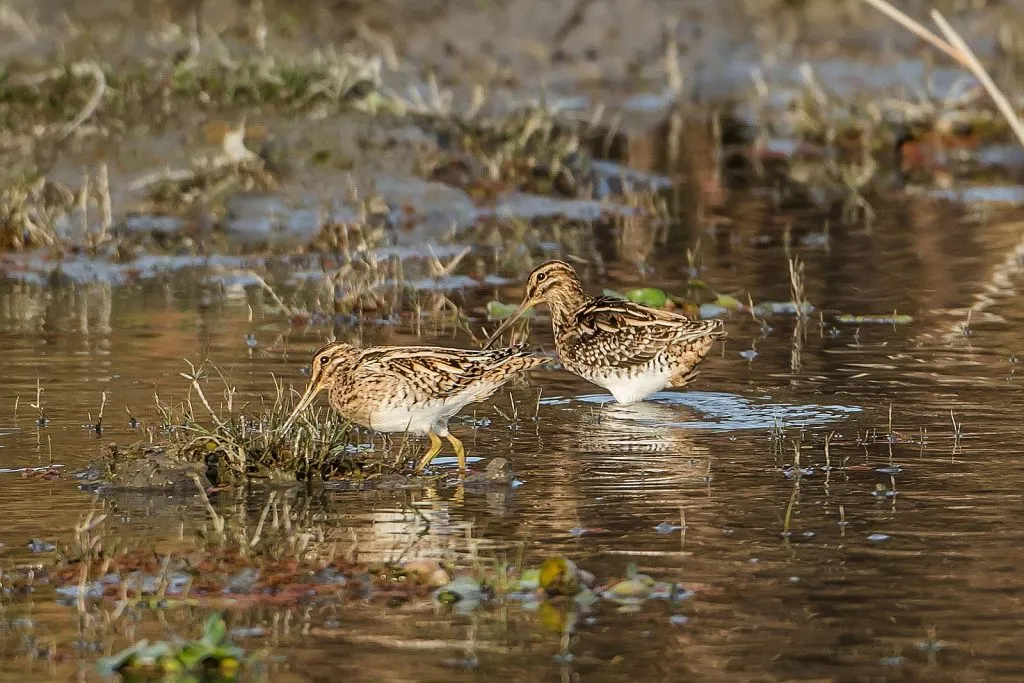
Effects of Climate Change
- Birds are exposed to Harsh winters making it difficult for them to survive.
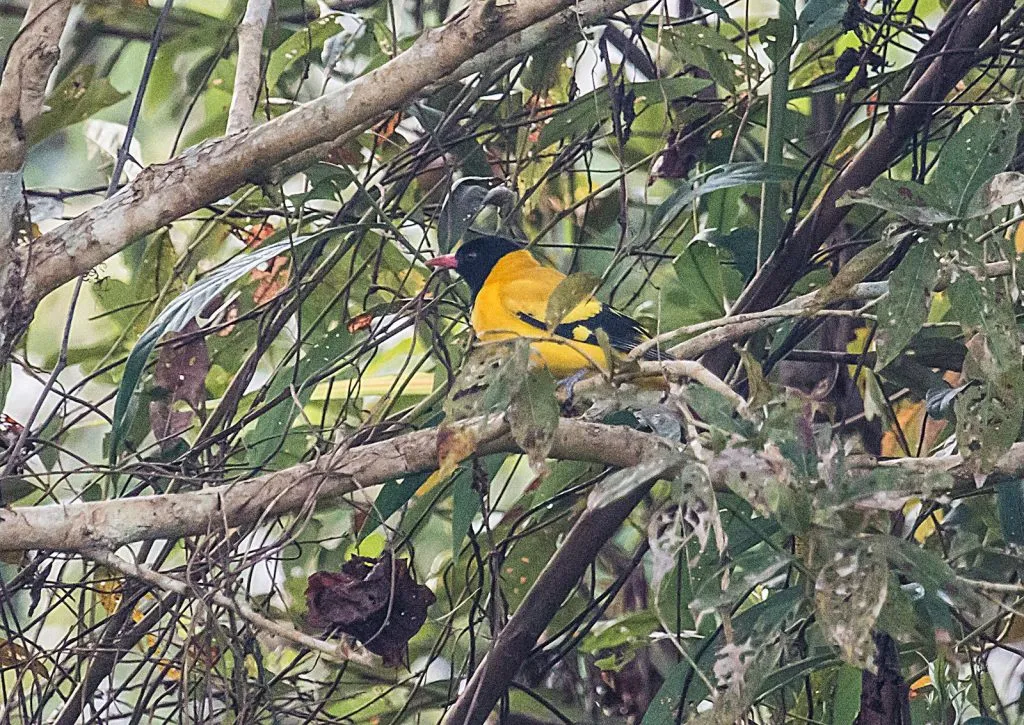
- Migratory birds may have to change their migration routes, which is no easy task.
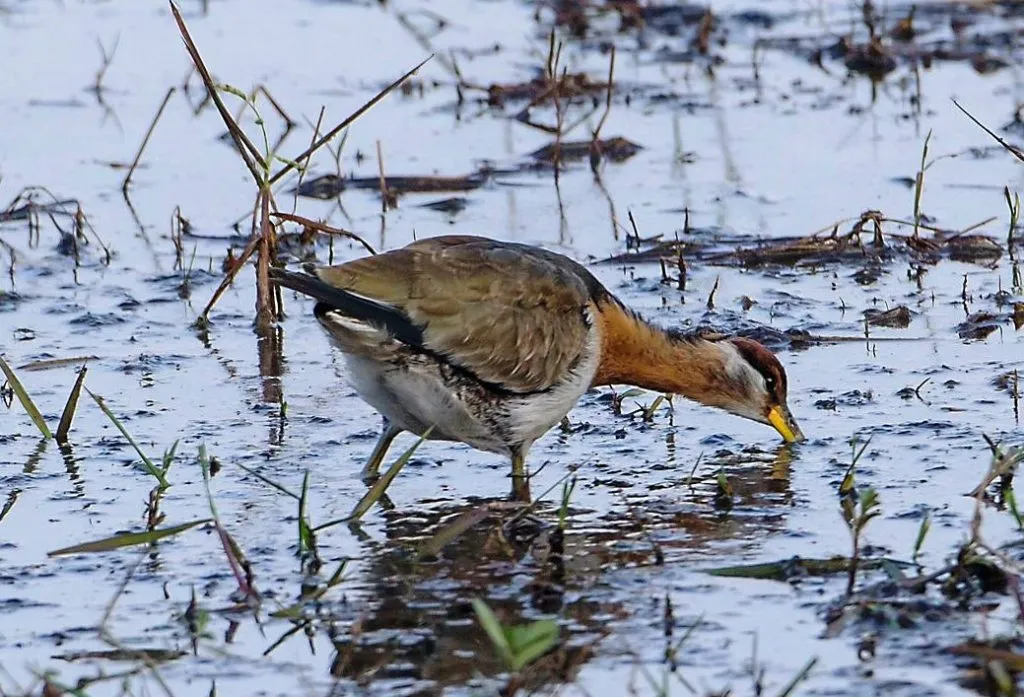
- Wetlands which often act as refueling stops for migratory birds may vanish resulting in food shortage
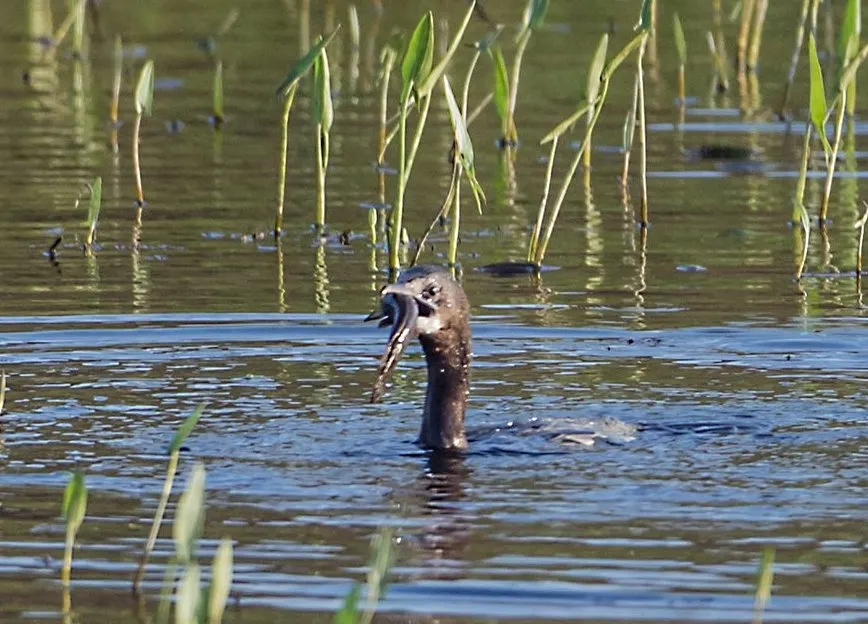
- Many fruit and flowering trees have a delayed fruit set resulting in food shortages which force birds life cycle out of synchrony with plants upon which they depend.
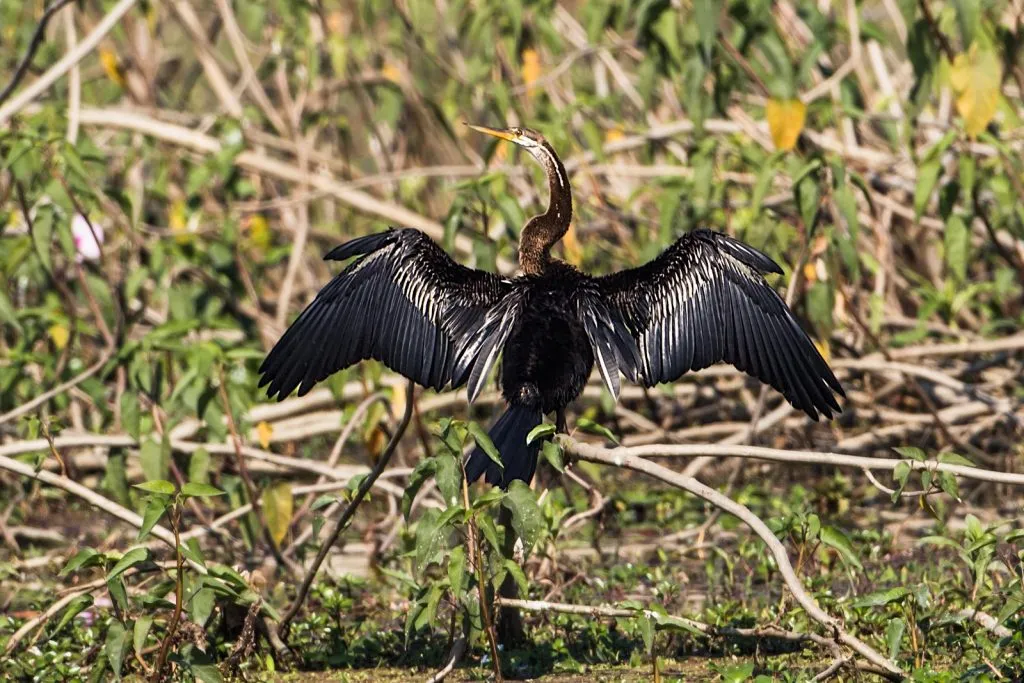
- Food shortages are already causing many bird species to starve to death, resulting in population decline.
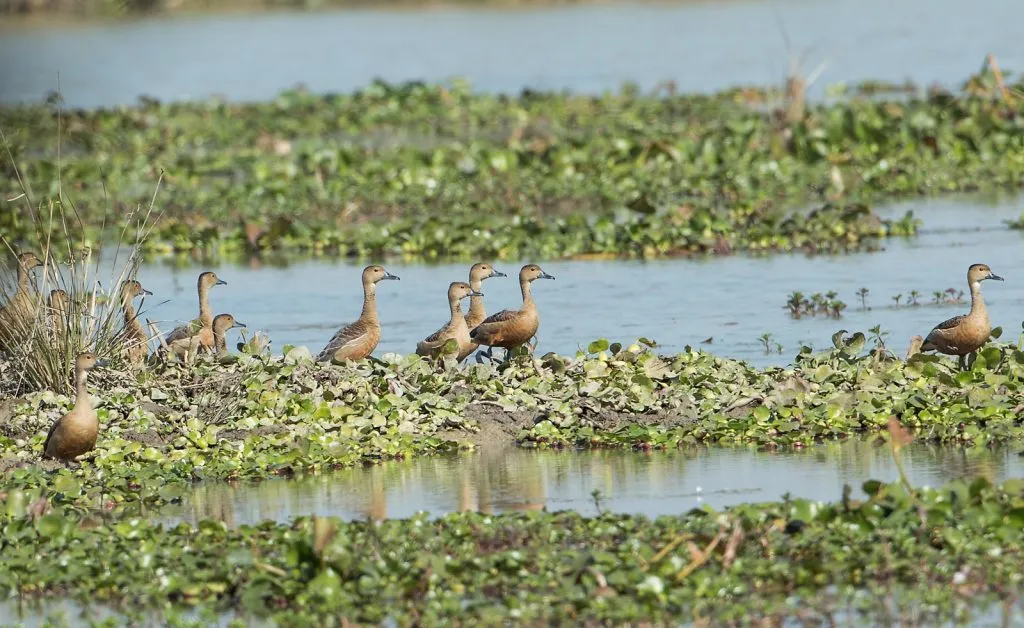
- Birds endemic (Present in a particular location) to the Western Ghats may find it difficult to cope up with the shortage of food supply and may be forced to nest at different times in response to changing availability of food they depend on to feed the young.
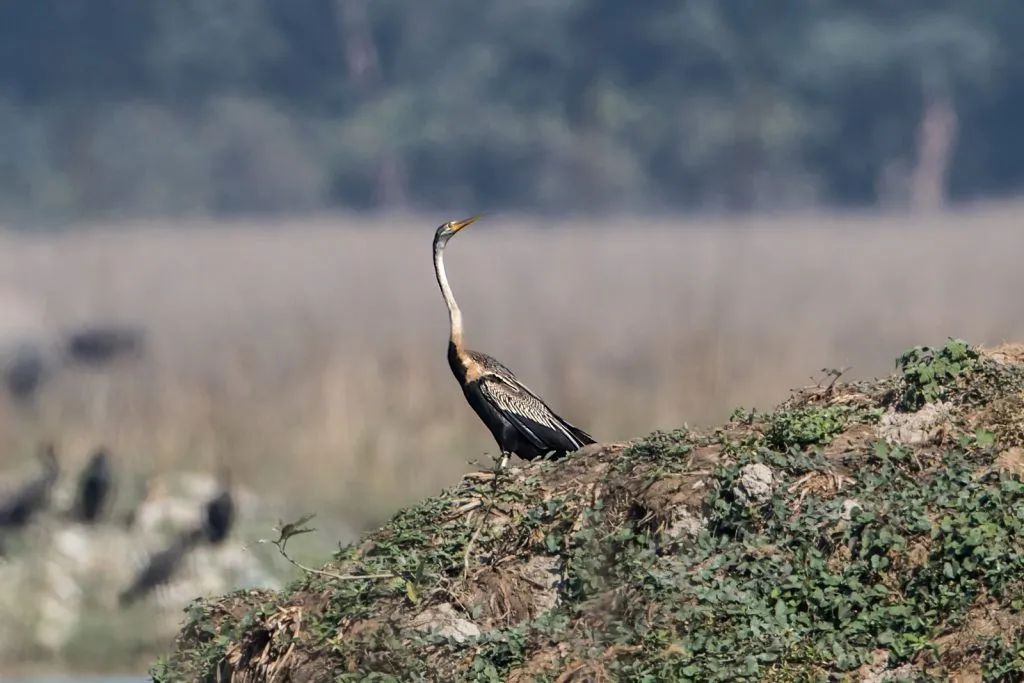
- Birds nesting close to river banks or low lands will have their nests washed away by increased flooding due to sudden down pours.
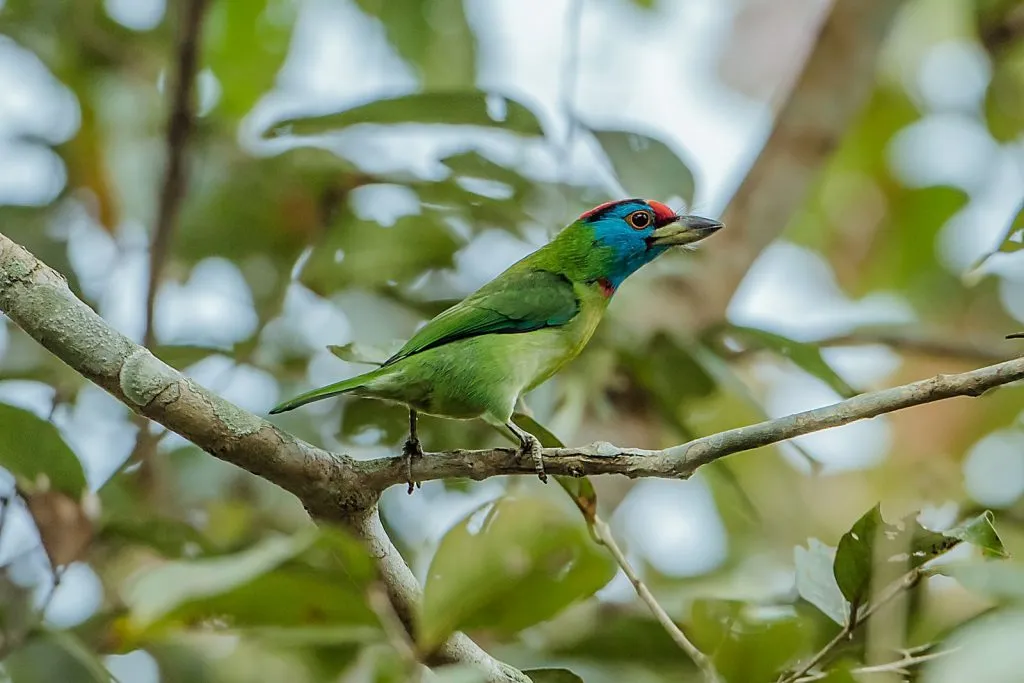
- Salt water ingression into fresh water ecosystems will damage fragile aquatic habitats, killing fish and other insect life, there by affecting the birds that depend on them.
Conclusion
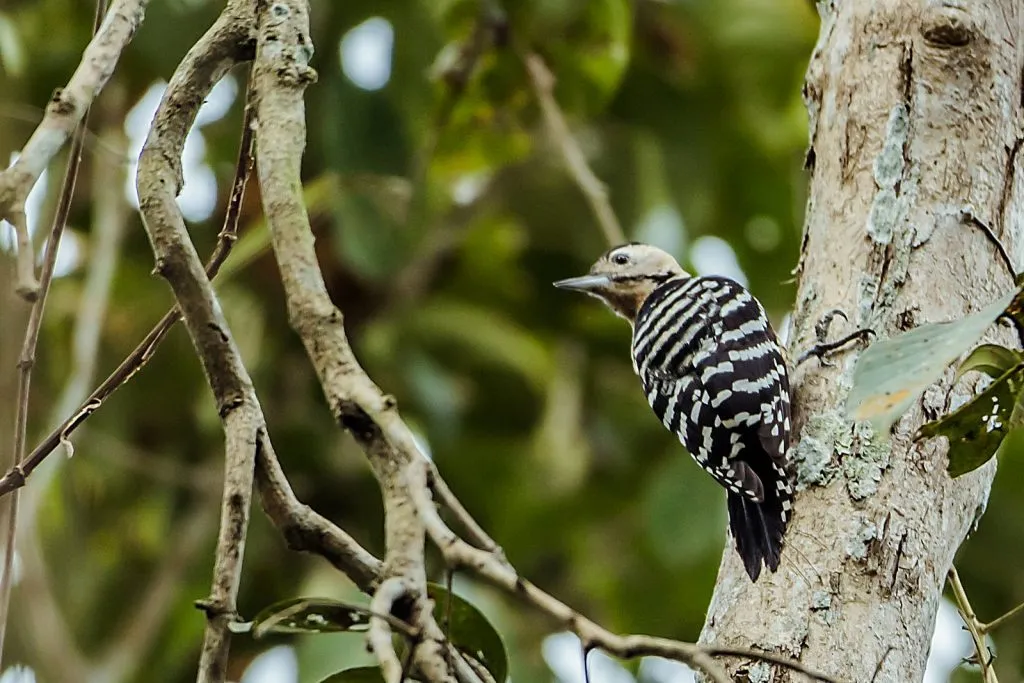
Since birds are excellent bioindicators of climate change, more studies need to be carried out with respect to the adaptation of both migratory and resident birds.
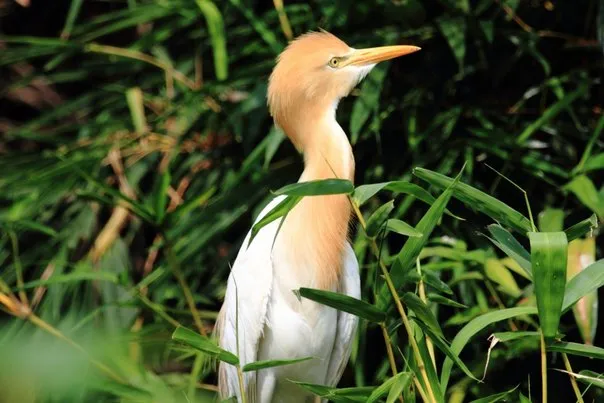
We quote from the article “Bird Migration-The Future” written by “Liz McKenzie”. Quote ” One of the most interesting forms of tropical agriculture is shade-grown coffee plantations.
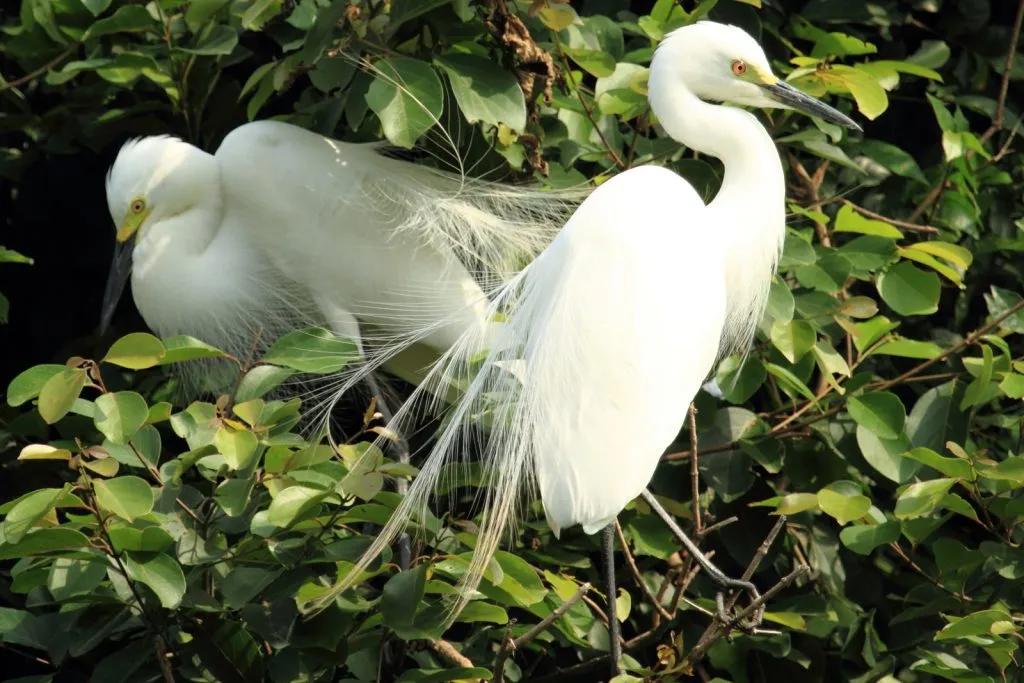
Many species—including familiar North American backyard songbirds—thrive on these traditional farms.
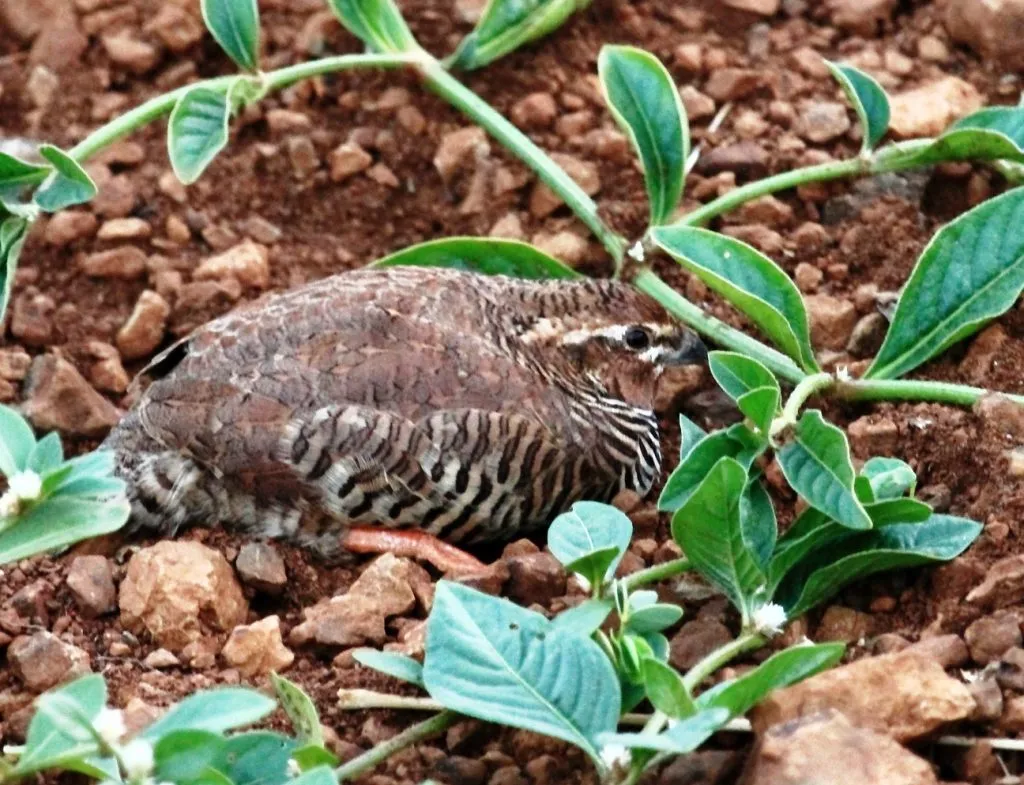
But newly developed coffees are grown in full sunlight, so the shady forests essential for wintering birds are being cut down.
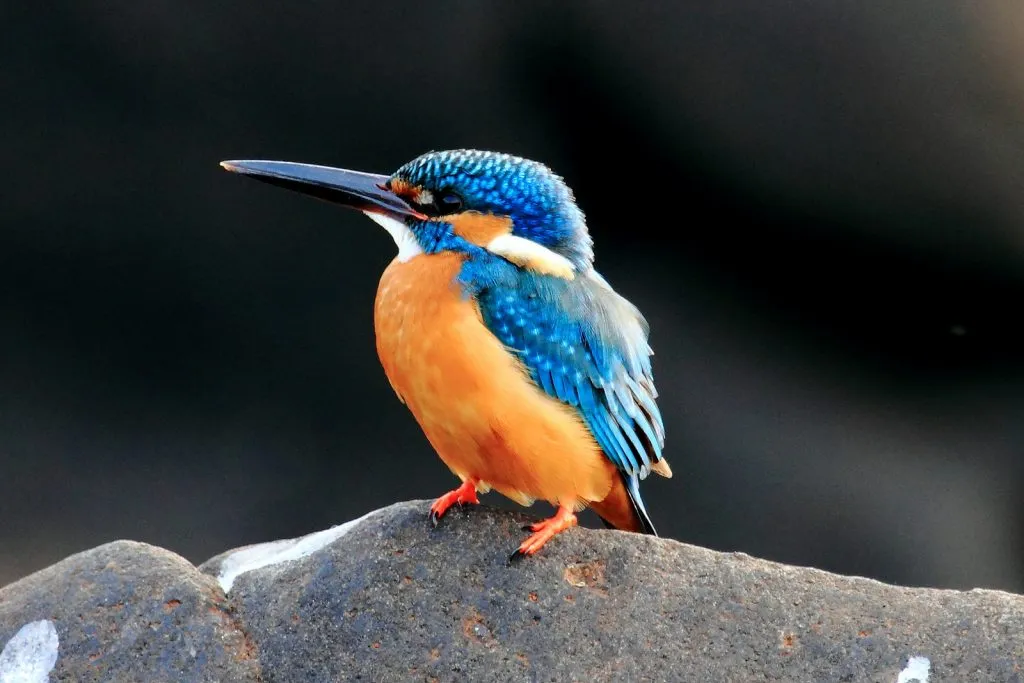
Today, even the largest buyers of coffee beans only use shade grown coffee in a small percentage of their coffee products, if at all.
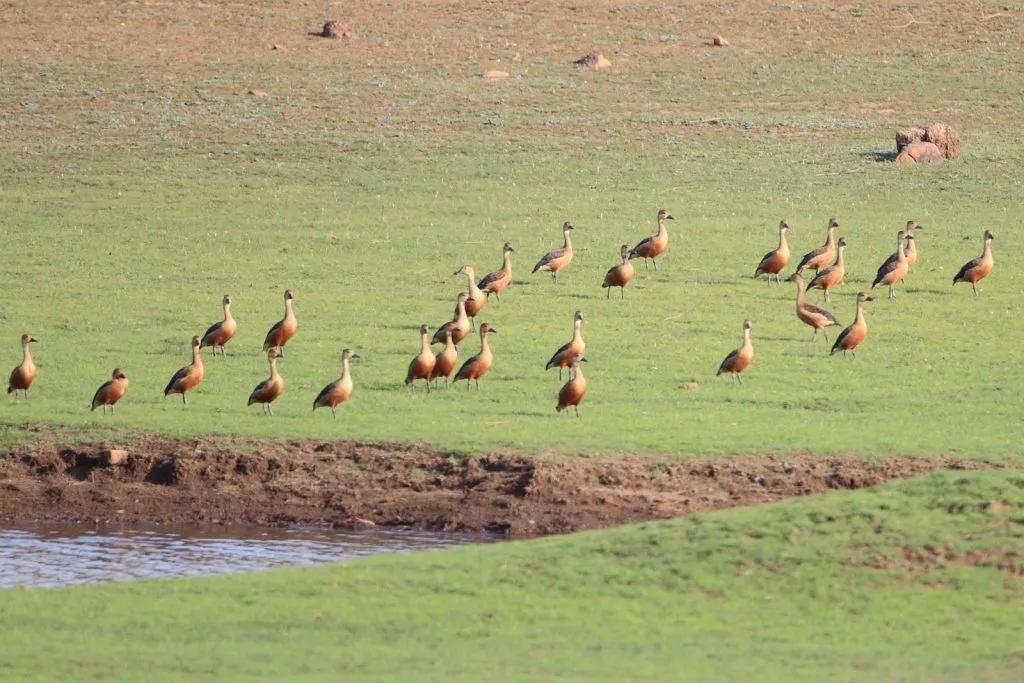
But we can vote with our pocketbooks. Every time we buy or drink coffee, we can help the birds by asking for shade-grown varieties.
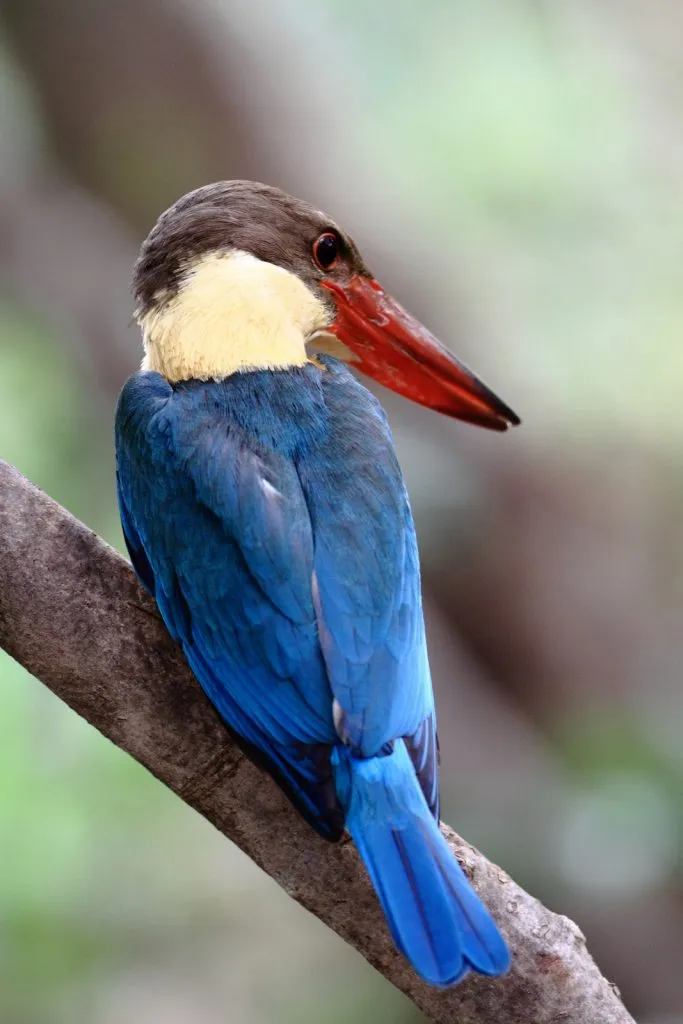
We can help migratory birds in other ways, too. For example, runoff from herbicides, pesticides and fertilizers affects many habitats that are important to birds and their growing young—forests, farmlands, wetlands, rivers, and lakes.
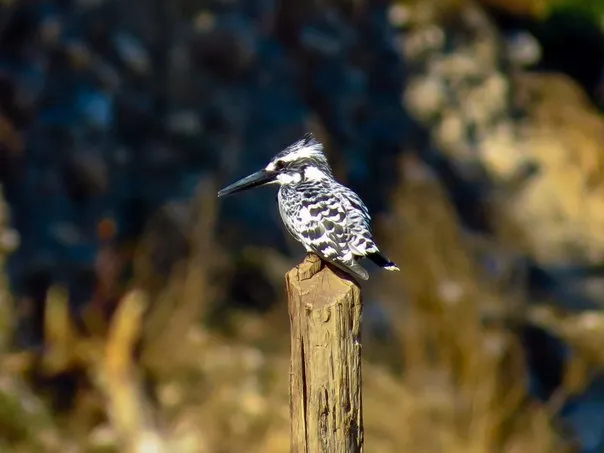
Even lawn care products can be harmful for birds that feed in our yards or nest nearby. Small decisions we make each day can help to bring the colour of birds and the beauty of their songs into our lives”.

Acknowledgement
These birds inside Shade Grown Ecofriendly Coffee Forests were shot by Mr. Ashley Rasquinha, “Jt. Managing Director”, Electropneumatics and Hydraulics, during his visits to different wildlife Sanctuaries and his wanderings in Nature. Ashley is a avid Bird watcher and brings out a calendar on Wildlife each year to help people understand the value of wildlife conservation.
References
Anand T Pereira and Geeta N Pereira. 2009. Shade Grown Ecofriendly Indian Coffee. Volume – 0ne.
http://www.isfoundation.com/news/flight-change-journey-future-birds
http://futureofbirds.blogspot.in/
http://www.popsci.com/article/science/birds-future-avian-winners-and-losers-2075
http://www.encountersnorth.org/wildexplorer/birdmigration/in-our-hands.html